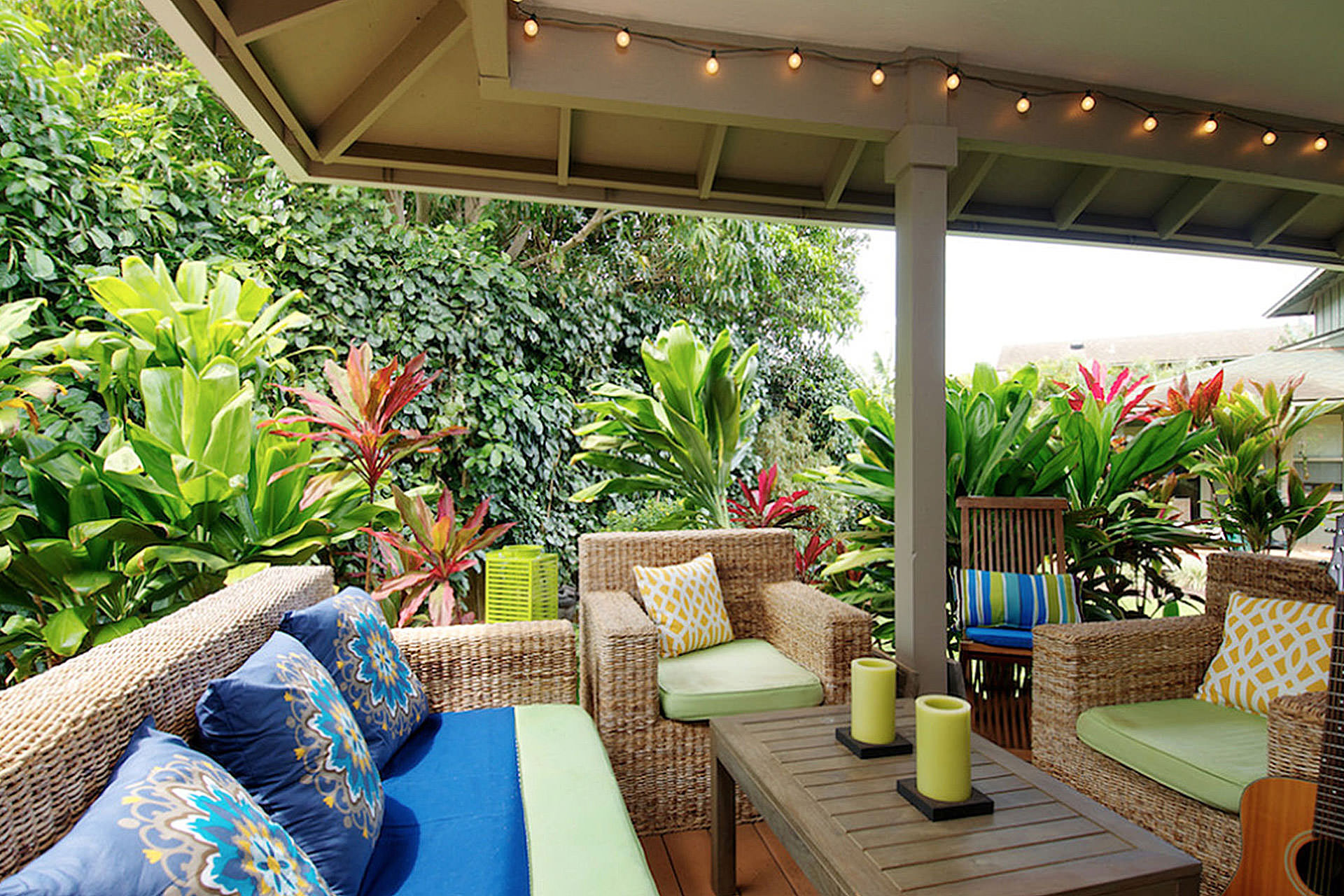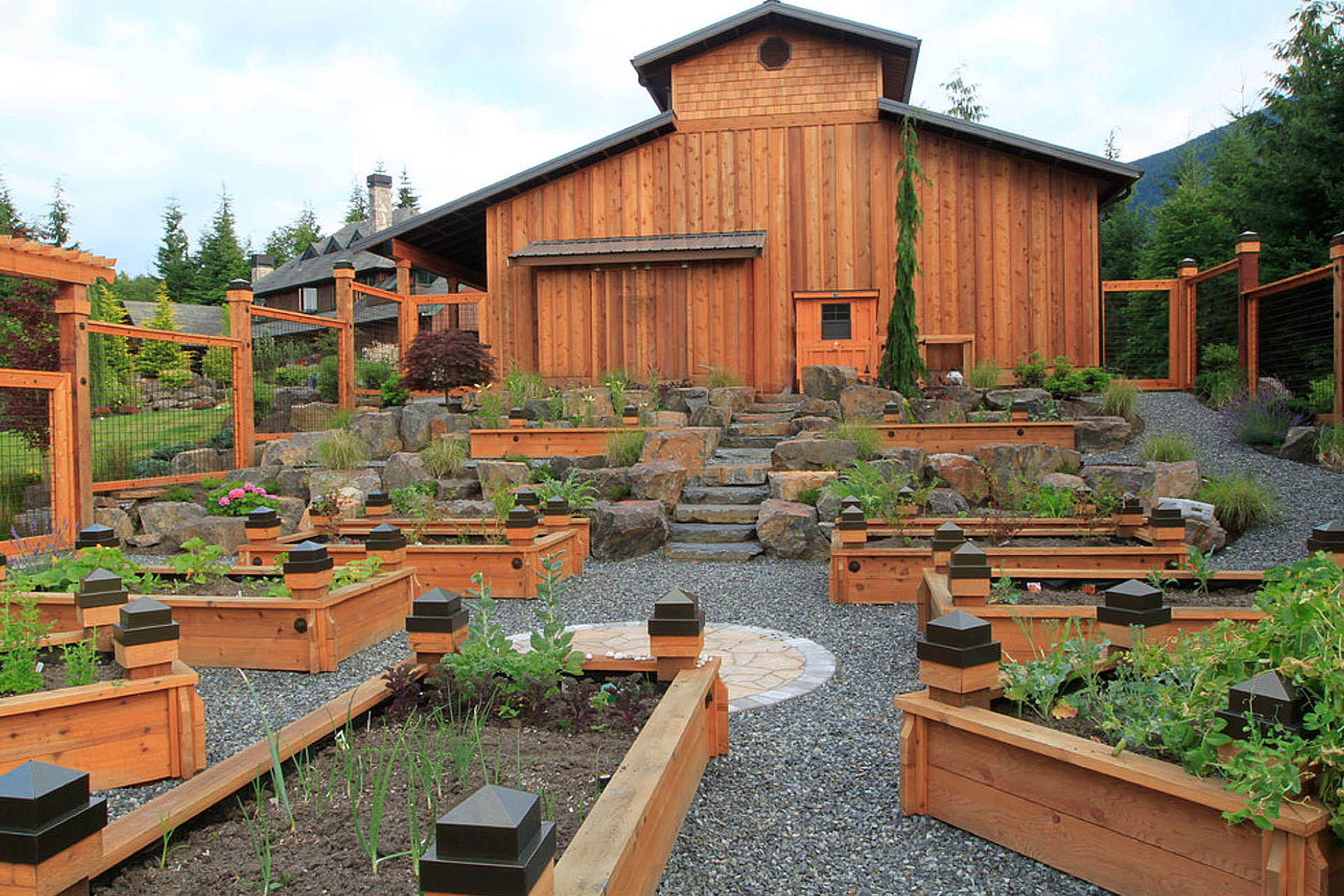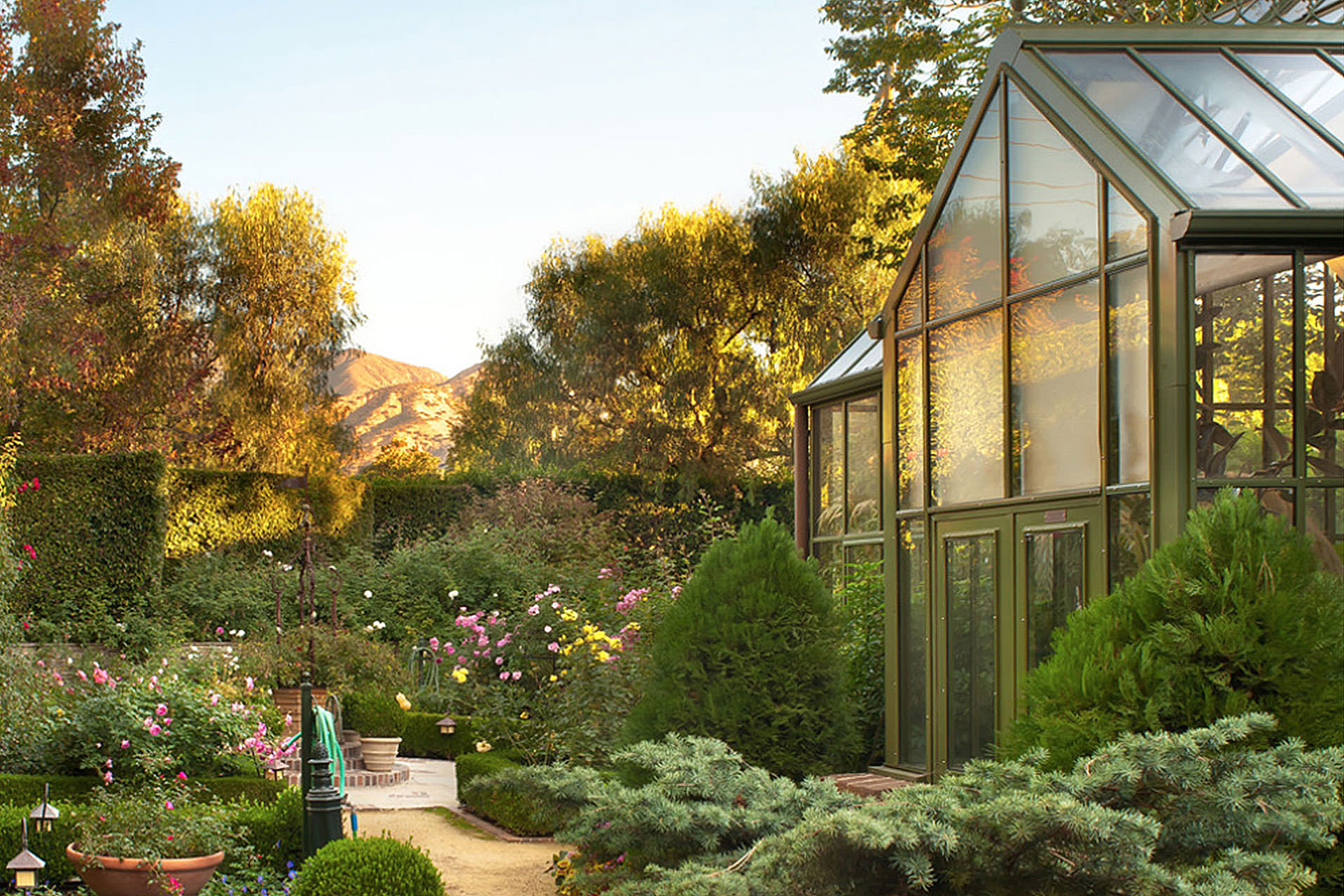9 Gardening Tips to Get you Started
At this point, major aspects of your outdoor space should be close to completion. Depending on which features you have decided to build, your ideas, plans and design should be taking shape. It is now time to compliment all your hard work with a natural feel and look that only a tending garden can provide.
Here are a few gardening tips to help you get started!
Consider Climate
With the weather as of late, it has been tough to get out and start a garden with any confidence that all your hard work will bear fruit. It may be a good idea to start your garden by purchasing plants from the local greenhouse, once you created a suitable area, transplant what you have gathered into the appropriate areas.
If you decide you would like to start from the seed, you’ll want to plant your vegetables during the growing season. The length of your growing season depends upon your local climate, The Old Farmer Almanac at http://www.almanac.com/gardening/planting-dates provides a chart on Best Planting Dates for Seeds and Best Planting Dates for Transplants to give you some insight into your regions specific growing period.
Soil
You will need nutrient-rich soil for a successful garden. Most soil will only require compost; however, other types of soil including clay or sandy soil need more help. Use a rototiller to stir and aerate the soil to prepare a smooth, loose seedbed. To ensure a good growing season, consider covering your garden with a layer of topsoil, this can be found at local nursery and can be bought packaged or loose (depending upon the space of your garden). Topsoil has the highest concentration of organic matter and microorganisms, giving you and your garden a greater percentage of success.
Plants

Many vegetables can be started from seed early indoors or you may choose to purchase plants from a garden center. The benefit of this approach is that you can have a crop ready to harvest several weeks earlier than if you were to plant seeds in the ground. Some common vegetables you may want to plant include tomatoes, zucchini, peppers, cabbage, beans, lettuce, beets, carrots, and radishes. Popular herbs like basil, thyme, rosemary, and dill are also nice additions to a garden. Planting flowers such as marigolds will invite beneficial insects or repel harmful insects as well as add an attractive landscape feature. (For more information, see “Organic Gardening” below.)
Sunlight
Most vegetables and herbs need a minimum of six to eight hours of direct sunlight each day. Root vegetables such as beets, carrots, radishes, and turnips can tolerate partial shade as well as plants are grown for their leaves such as lettuce and spinach. Be sure and do your research beforehand, then plan accordingly when deciding which plants and vegetables you’ll grow and where they will be planted. Although it is convenient to have a garden located close to your house for access, make sure your home will not block the necessary sunlight.
Tools
Although a wide array of gardening tools is available, these basic tools will enable you to do most of your gardening chores: a standard shovel, spade, rake, hoe, trowel, garden fork, hand weeding tool, wheelbarrow, and a watering can. Keep in mind that it’s worth buying good quality tools.
Raised Gardening Beds

Raised gardening beds are popular for good reason. Also called garden boxes, these square or rectangular boxes are typically made from rot-resistant redwood or cedar without bottoms and are set directly on top of the soil. Raised beds provide excellent drainage and aeration for growing plants, prevent soil compaction, serve as a barrier to pests, and reduce back strain. If you choose to build your own raised beds, you’ll need a table or power saw to cut the wood. An electric drill is helpful, but not required.
Prefabricated Gardens
Prefabricated gardens will help novices create picture-perfect vegetable and flower gardens. These kits often include pre-made garden boxes, built-in irrigation systems, an attached trellis for climbing vegetables, and optional rabbit-proof fencing. Prefabricated gardens are typically installed quickly and easily within a single day.
Organic Gardening
Organic gardening is growing in popularity, leading many to turn away from pesticide consumption and the use of toxic chemicals. This method requires a little more effort, but the payoff is immeasurable. There are several ways to accomplish this goal, start by choosing disease-resistant varieties of plants and use natural products to feed your plants. Make a habit of rotating your crops and try to mulch with organic material. In addition, plant certain flowers and plants that will attract beneficial bugs and repel pests. A few of these ‘super-plants’ are bachelor’s button, marigold, black-eyed Susan, cosmos, zinnia, daisy, sunflower, and yarrow as well as herbs like fennel, dill and parsley.
Greenhouses

Once considered a luxury, these year-round gardens don’t have to be extravagant or costly. Greenhouses can be large or small, attached to a home or freestanding. Options range from lavish contractor-built units with automatic heaters, a ventilating system, and plant feeders. Smaller prefabricated freestanding kits or inexpensive greenhouses constructed from recycled, salvaged materials are also available. Make sure that your greenhouse is located where it gets maximum sunlight; also be sure to check local zoning ordinances before beginning construction.
Keep in mind, a garden doesn’t require a large space. In fact, you don’t even need a yard. A patio, deck, or balcony can provide plenty of space for container gardening. In fact, it’s best to start small and simple when planting a garden with vegetables. Many novice gardeners get excited and overly ambitious and then feel overwhelmed with the work involved and the number of vegetables produced.
Take your time. Gardening should be a source of relaxation and pride. Good Luck!
Retractable Solutions for Outdoor Spaces
Please complete the form below to download our free eBrochure.
Price List included
Related Posts
September 27, 2021
Pergola Plants Guide: Shade and Enhance Your Outdoor Space
May 5, 2014
Garden Design Tips: Outdoor Rooms
August 22, 2013



